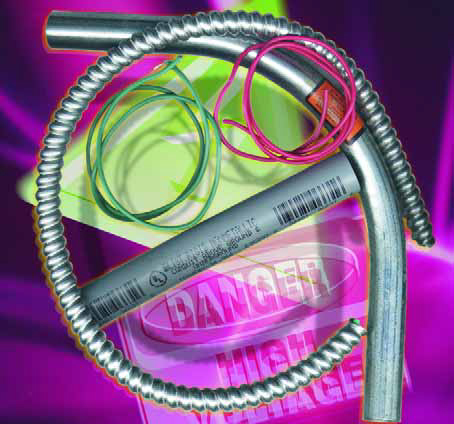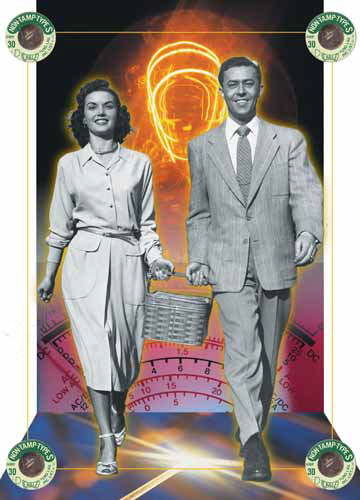National Electric Code
A little more than 100 years ago, in the first big growth spurt in the use of electricity, the harsh realities of the hazards involved with it quickly became apparent. Fires were common occurrences everywhere electricity was distributed, and serious (and often fatal) accidents made daily headlines wherever people came into contact with this wondrous phenomenon. Virtually all of the electric works being built in those early days were set up to provide lighting for a population tired of living in the gloom of candles, gas lamps and coal-oil lanterns. That meant that
In the spring of 1941, my mom and dad, my sister and I moved into our brand-new house on Ardmore Avenue in one of northwest Detroit's real estate developments. It was a thoroughly modern house, with all of the latest high-tech features - the garage door moved upward to open, instead of swinging left and right like barn doors, and the furnace in the basement was operated by natural gas, eliminating forever the need to shovel coal. The house cost $5,550. From an electrical standpoint, the house was up to the codes and standards of its day - albeit a far cry from what is required today. The wiring was a two-wire system with no ground. All of the receptacles had two equal-size slots, and that was just fine because anything we wished to plug into these receptacles had a two-pronged plug at the end of its cord. A fuse panel in a bedroom closet contained four 15-amp fuses. That was it: four fuses to
Through the years, the #1 question asked of me at seminars and trade shows has been: "What's the difference between bonding and grounding?" I have wanted to do an answering article far some time, but I was concerned that its length would require it to be split into two pieces and that the every-other-month format of WaterShapes might make it difficult to maintain continuity of thought over a two-month span. I was pleased when our editor informed me that we would be going monthly for a while. I figured I'd strike now, while the fingers are nimble and the magazine issues more
The triennial publication of the National Electrical Code is an event of critical importance to any contractor or subcontractor performing electrical installations or repairs. First published in 1897 and produced since 1911 by the National Fire Protection Association, the NEC is now enforced in all 50 states and also serves as the basis for codes in several foreign nations. As has been the case with all editions published to date, the 1999 edition of the code is designed to ensure "the practical safeguarding of

















